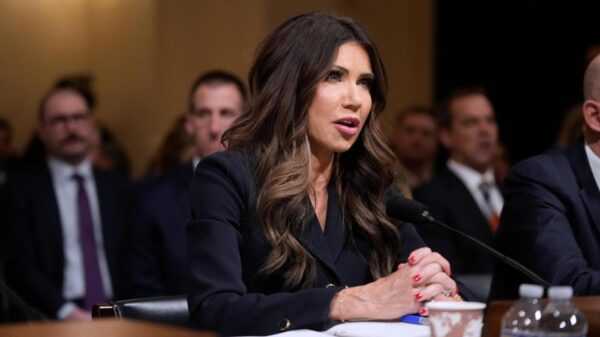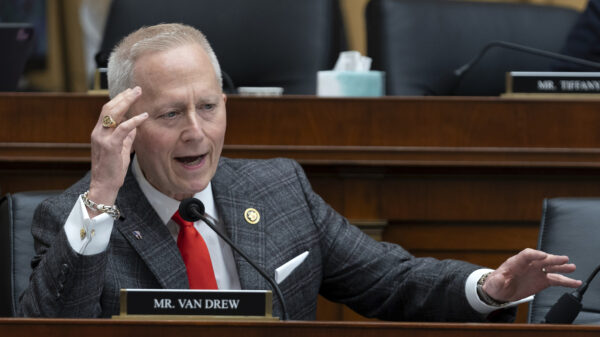A recent analysis reveals that cuts to National Institutes of Health (NIH) grants initiated under the Trump administration have led to the termination of **383 clinical trials**, impacting **74,311 patients**. This significant disruption includes **118 trials** focused on cancer, **97 trials** related to infectious diseases, and **140 trials** testing new treatments for various medical conditions. The findings raise serious concerns about the potential repercussions on patient care and medical research.
The study, conducted by a research team at **Harvard Medical School**, scrutinized NIH funding disruptions from **February 28 to August 15, 2025**. This period marked the announcement of sweeping funding cuts, which were tied to new executive orders and NIH priorities. The analysis indicated that at least **3.5%** of the **11,008 clinical trials** that were set to receive NIH funding during this time were adversely affected, with many trials halting prematurely.
The implications of these cuts extend beyond mere statistics. Clinical trials are essential for evaluating the efficacy and safety of new treatments, and they often represent the only hope for patients with life-threatening conditions. For instance, those battling cancer may rely on participation in these trials as a last resort after standard treatments have failed. When funding is cut, the consequences can be devastating, leading to delays in access to potentially life-saving therapies.
The analysis highlights that over **36%** of disrupted clinical trials eventually managed to be completed. However, the process of restarting a trial is not straightforward. Delays can lead to logistical challenges, including the need for significant resources and personnel, which may no longer be available due to funding interruptions. Researchers often face the dual challenge of maintaining their teams and securing the necessary facilities, which can be booked months in advance.
Furthermore, the study’s scope was limited to clinical trials, thereby potentially underestimating the broader impact of NIH funding cuts. Many other research areas, including laboratory studies and epidemiological research, also rely on NIH support. The consequences of halting these diverse investigations could lead to long-term setbacks in medical advancements.
As the research community continues to grapple with these funding challenges, the long-term effects on public health remain uncertain. The NIH cuts may hinder progress in developing new treatments, leaving patients vulnerable to diseases that could have been preventable or treatable.
Overall, the findings underscore the critical need for ongoing monitoring of NIH funding and its implications for health research. Medical professionals and patients alike must remain vigilant about the potential long-term effects of these funding disruptions, as the landscape of medical research continues to evolve in response to fiscal policies.
In conclusion, the NIH grant cuts have not only disrupted hundreds of clinical trials but also jeopardized the future of medical research that could lead to significant health advancements. The urgency of addressing these funding issues is paramount, as the repercussions may extend far beyond the immediate termination of trials, affecting the health and well-being of countless individuals.








































































